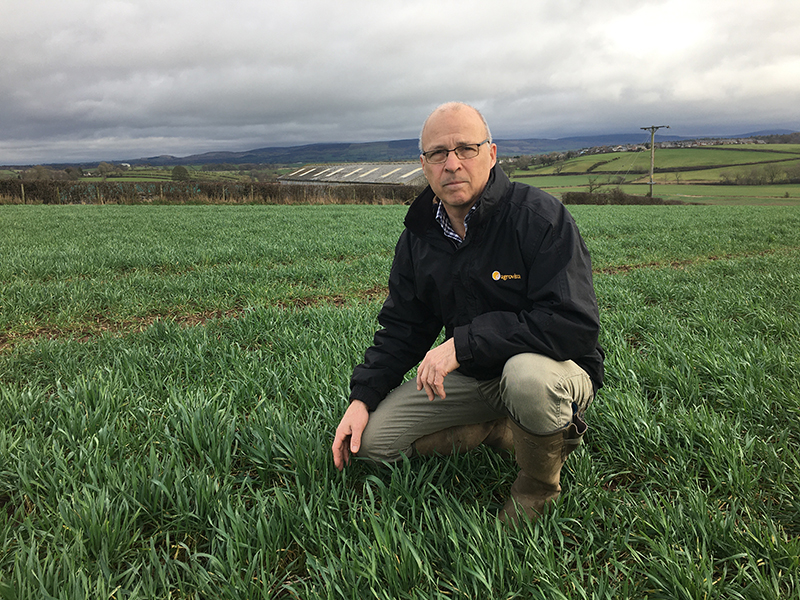Content originally published in the Farmers Guardian
Maize drilling under film is now well underway after several weeks of fine weather.
With just 12mm of rain in the past month, seedbeds worked down well, which is very good news given last year’s weather delays. On light land though we are seeing clouds of dust, so pre-emergence herbicides may not work very well. More over-spraying than usual may be needed in May if it remains dry.
It is several years since we’ve had so little moisture at this time of year. As I write this I’m hoping that showers forecast for mid-April will have helped these and other crops move on.
Earlier sown spring cereals got away well but later ones have been slower on dry land, not helped by last week’s frosts. A good rain, which will also help wash in seedbed fertiliser, will make a difference – crops are waiting to explode.
All in all it’s been a good start, certainly compared with last year. I did a recommendation for winter cereals on 4th April, nearly three weeks ahead of the same recommendation on the same farm in 2024.
Winter crops are where they should be. Barleys are approaching GS31 and wheats GS 29-30. T1 sprays on winter barley have begun. I’ll be using Jaunt (fluoxastrobin, prothioconazole and trifloxystrobin) plus growth regulator and manganese as necessary; deficiency tends to show up more in dry conditions.
Wheat T1 will follow in two to three weeks. As with barley, disease levels are pretty low. None of our wheats receive a T0 – yellow rust isn’t a major issue and most crops are drilled in October, so disease pressure is far less.
I’ll recommend Myresa (mefentrifluconazole) and Priaxor (fluxapyroxad and pyraclostrobin), plus chlormequat and trinexapac growth regulators, followed by a T2 based on Inatreq or one of the newer actives.
The second dose of nitrogen on winter wheat has been delayed due to the dry conditions. The aim should be to get it on ahead of any rain and certainly by the end of April.
I expect the first silage fields will be cut from the end of the first week of May. Like everywhere else, some precipitation would be welcome to help bulk crops, but not too much – conventional open maize crops will start to be drilled towards the end of this month, and hopefully finished in good time, rounding off the good start to the spring.

Simon Nelson advises farmers on a wide range of arable and forage crops across Cumbria, north Lancashire and into south-west Scotland.

